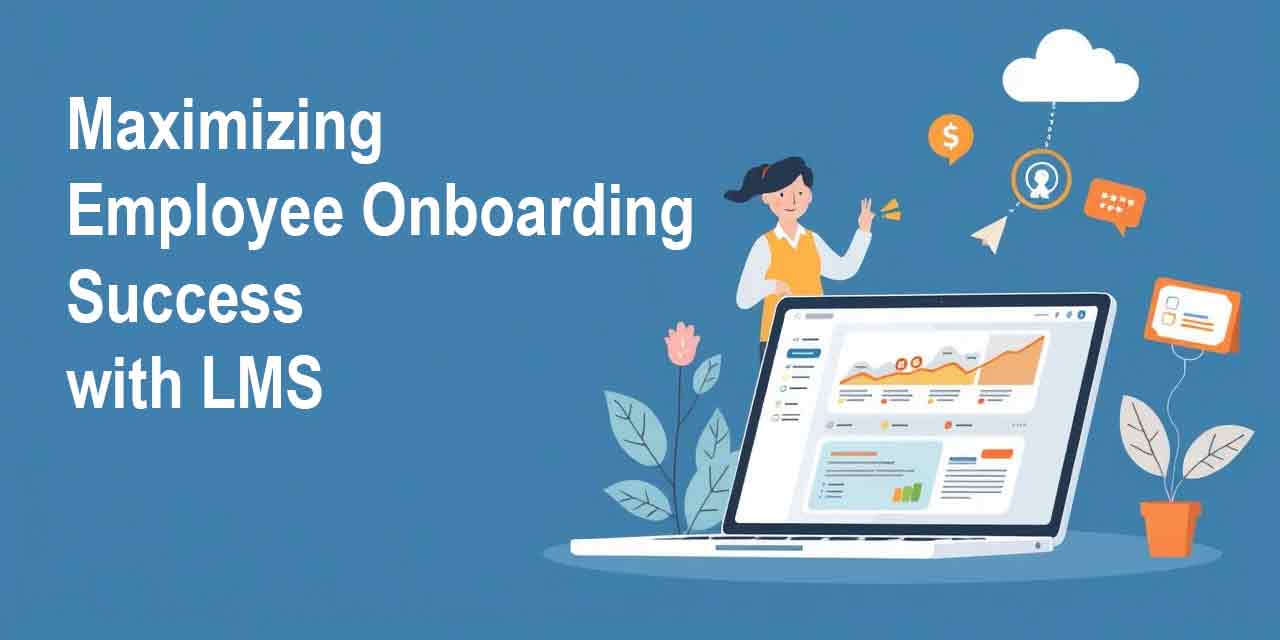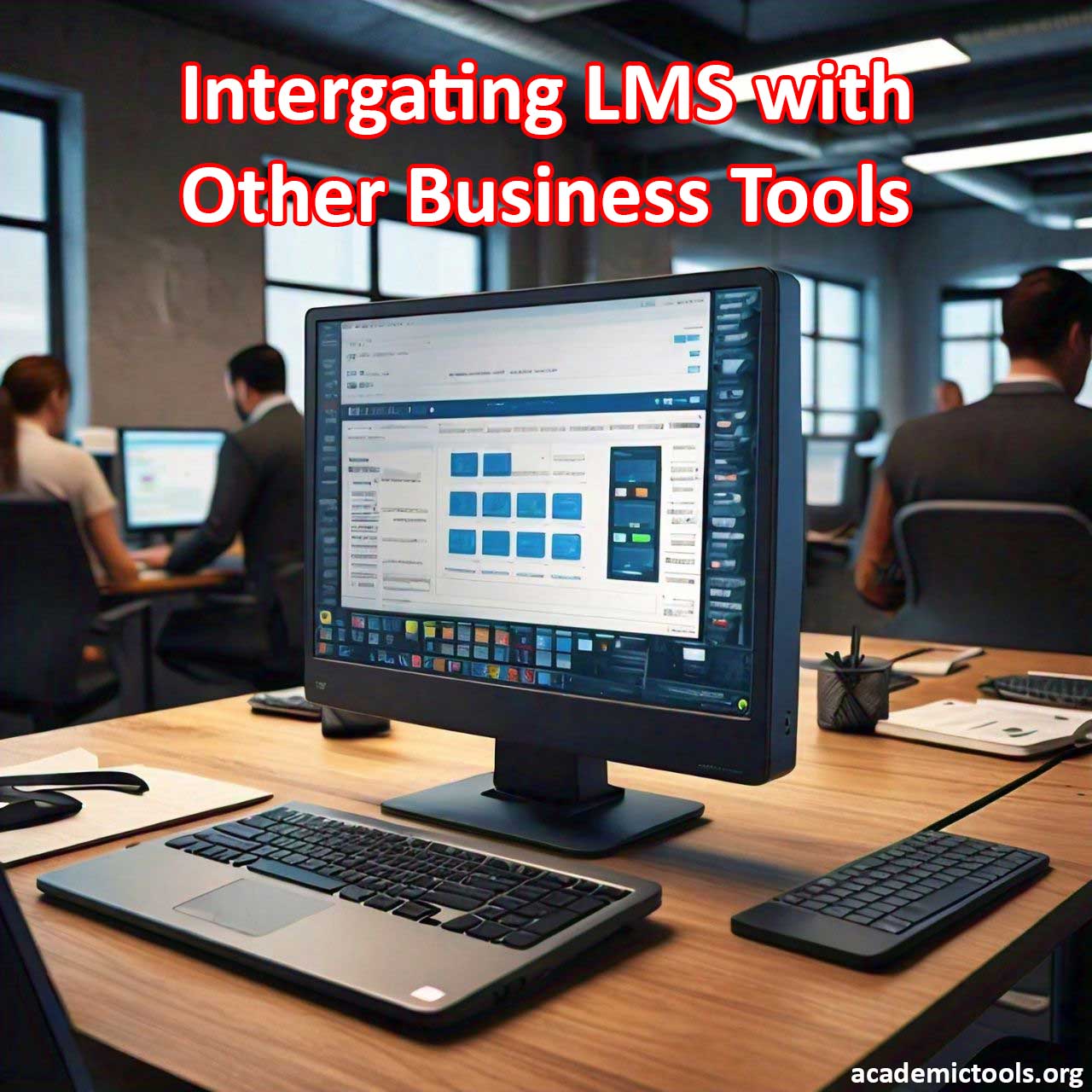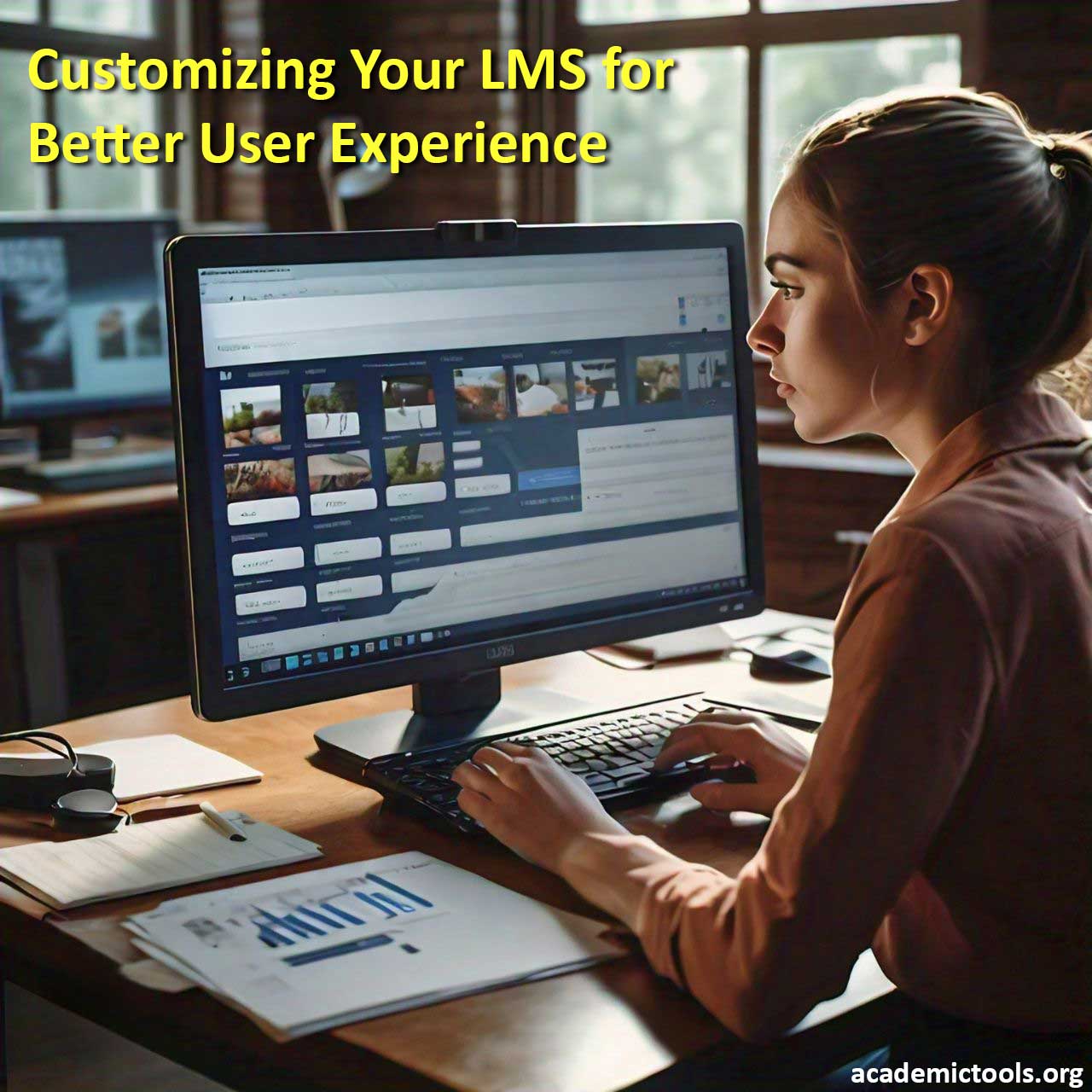Employee onboarding is a critical process that sets the tone for new hires and can significantly impact their productivity, engagement, and retention. An effective onboarding program ensures that new employees feel welcomed, informed, and prepared to contribute to the organization. Leveraging a Learning Management System (LMS) for employee onboarding can streamline and enhance this process. In this blog post, we’ll explore the benefits of using an LMS for onboarding and provide practical tips on how to implement it successfully.
Table of Contents
Why Use an LMS for Employee Onboarding?
Using an LMS for employee onboarding offers several advantages:
· Consistency: Standardize the onboarding process across the organization, ensuring all new hires receive the same information and training.
· Efficiency: Automate administrative tasks, freeing up HR and managers to focus on more personalized aspects of onboarding.
· Accessibility: Allow new hires to access onboarding materials anytime, anywhere, which is especially beneficial for remote employees.
· Tracking and Reporting: Monitor progress and completion of onboarding activities, ensuring that new hires are on track.
Key Features of an LMS for Onboarding
1. Structured Onboarding Programs
· Modular Content: Organize onboarding materials into modules covering various topics such as company culture, policies, role-specific training, and compliance.
· Learning Paths: Create structured learning paths that guide new hires through the onboarding process step-by-step.
2. Interactive and Engaging Content
· Multimedia: Use videos, infographics, and interactive presentations to make the onboarding content more engaging and easier to understand.
· Quizzes and Assessments: Incorporate quizzes and assessments to reinforce learning and ensure comprehension of key concepts.
3. Real-Time Interaction and Support
· Forums and Chats: Enable new hires to ask questions and interact with peers and mentors through discussion forums and chat features.
· Live Sessions: Use video conferencing tools integrated with the LMS for live onboarding sessions, Q&A, and welcome meetings.
4. Personalized Learning Experience
· Customizable Dashboards: Allow new hires to customize their LMS dashboard to focus on the most relevant content.
· Role-Specific Training: Provide tailored training modules based on the new hire’s role and responsibilities.
5. Progress Tracking and Feedback
· Completion Tracking: Track the completion of onboarding activities and modules to ensure new hires are progressing as expected.
· Surveys and Feedback: Collect feedback from new hires about the onboarding process to identify areas for improvement.
Steps to Implement an LMS for Employee Onboarding
1. Define Your Onboarding Goals
· Identify Key Objectives: Determine what you want to achieve with your onboarding program, such as reducing time-to-productivity, improving new hire retention, or enhancing employee engagement.
· Outline Core Content: Identify the essential information and training that every new hire needs to receive.
2. Choose the Right LMS
· Evaluate Features: Select an LMS that offers the features and functionalities required for your onboarding program, such as multimedia support, integration capabilities, and progress tracking.
· Scalability: Ensure the LMS can scale with your organization as it grows.
3. Develop Onboarding Content
· Create Engaging Materials: Develop multimedia content, interactive activities, and assessments to make the onboarding experience engaging and effective.
· Role-Specific Modules: Design modules tailored to different roles and departments to provide relevant and focused training.
4. Implement and Test
· Pilot Program: Run a pilot onboarding program with a small group of new hires to test the LMS and gather feedback.
· Adjust Based on Feedback: Use the feedback from the pilot to make necessary adjustments and improvements.
5. Launch and Monitor
· Full Rollout: Launch the LMS-based onboarding program organization-wide.
· Continuous Monitoring: Regularly monitor the progress and completion of onboarding activities and collect feedback to continuously improve the process.
Here are some suggested external sources you can reference or link to in your blog post on “Maximizing Employee Onboarding Success with a Learning Management System (LMS)”:
Examples:
1. Industry Reports and Statistics
- SHRM (Society for Human Resource Management): Reports and articles on employee onboarding best practices.
Link: https://www.shrm.org - LinkedIn Learning’s Workplace Learning Report: Insights into how organizations are using LMS platforms for employee development.
Link: https://learning.linkedin.com/resources/workplace-learning-report
2. LMS Providers and Case Studies
- Docebo LMS Blog: Articles and case studies on implementing LMS for onboarding and training.
Link: https://www.docebo.com/blog - TalentLMS: Guides and customer stories highlighting LMS onboarding success.
Link: https://www.talentlms.com/blog
3. Research on Employee Onboarding
- Harvard Business Review: Articles on effective onboarding and its impact on employee retention.
Link: https://hbr.org - Gallup: Research on the role of onboarding in employee engagement and performance.
Link: https://www.gallup.com
4. Learning and Development Communities
- ATD (Association for Talent Development): Resources and articles on onboarding strategies and LMS use cases.
Link: https://www.td.org - eLearning Industry: Articles and trends on LMS platforms for onboarding.
Link: https://elearningindustry.com
5. Technology and Integration Blogs
- TechRadar: Reviews of the best LMS tools available for employee onboarding.
Link: https://www.techradar.com - G2: User reviews and comparisons of various LMS platforms tailored for onboarding.
Link: https://www.g2.com/categories/learning-management-system-lms
Including these sources will add credibility and depth to your blog post, making it both informative and actionable for readers. Would you like help integrating these references into your blog structure?
Conclusion
Leveraging an LMS for employee onboarding can transform the way new hires are introduced to your organization. By providing a consistent, engaging, and efficient onboarding experience, you can help new employees feel welcomed and prepared to contribute to their roles quickly. Start using an LMS for your onboarding program today and set your new hires up for success from day one.
for more content related to Learning Management Systems, visit LMS related posts HERE.



